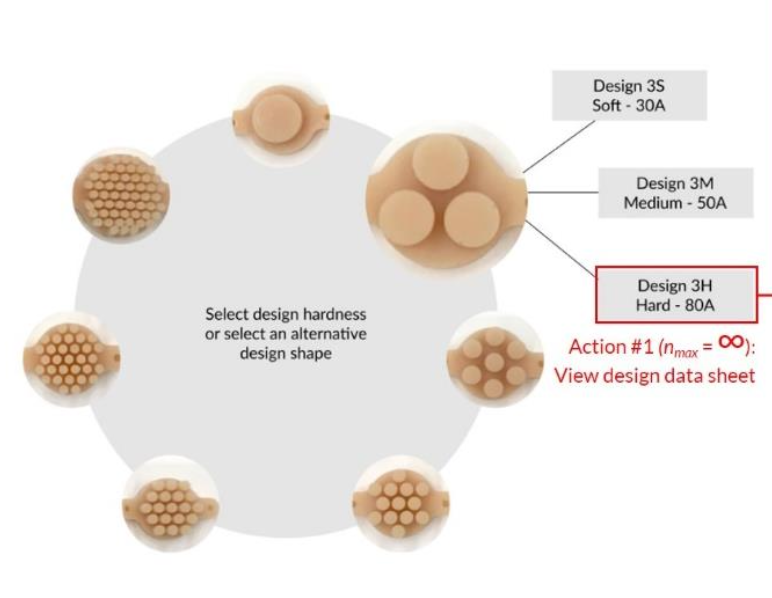Abstract
Final concepts are often not the most creative or innovative design within the solution space. The purpose of this research is to gain insight into the decisions made in concept selection. In particular, we studied how designers link multiple decision-making elements together, including: actions (what people do), reasoning (why they do it), and design outcomes (an objective measure of engineering performance). Fifty-seven participants were tasked with solving a design challenge relating to a robotic gripper by selecting a design within a predefined design space. Each design had a corresponding measure (termed “success rate”) which enabled each designer’s performance to be quantified and compared against other designers. The task was hosted on an interactive interface in which design actions were collected. A post-task survey probed for the reasoning behind design actions. Characterization of decision-making behavior and reasoning was rooted in prior design literature. Design actions were quantified concerning the degree of design space explored and the decision-making strategies employed. Key results include design strategies such as manipulation techniques, the impact of maximum observed success rates, and a willingness to submit an alternative solution which influenced design outcomes. Although designer preferences validated the design strategies identified, there was no correlation between the decision factors considered and improved outcomes. The methods and findings from this work assessed the underlying dynamics when engineers selected less innovative or creative solutions and recommended decision-making strategies that should be considered to improve design outcomes.
